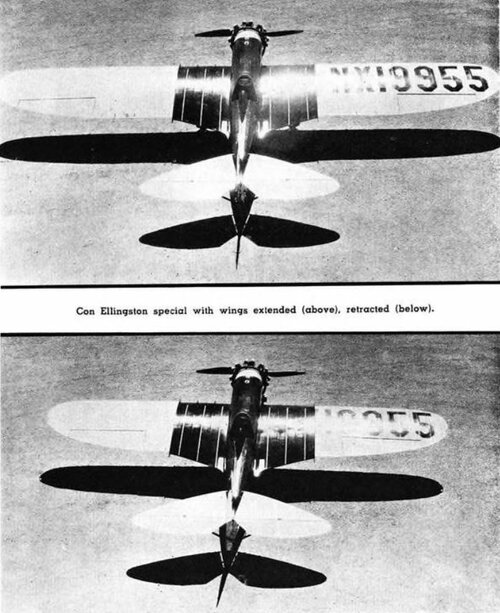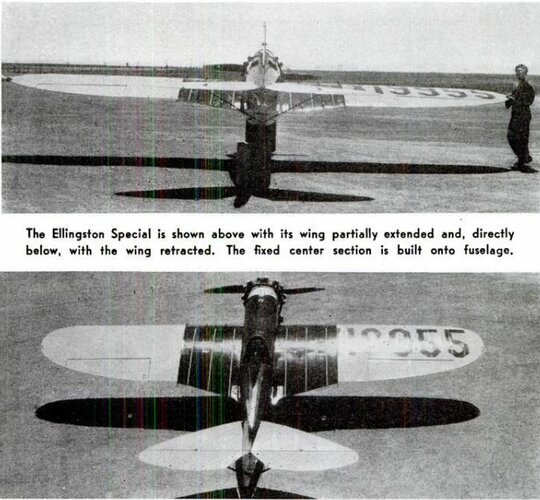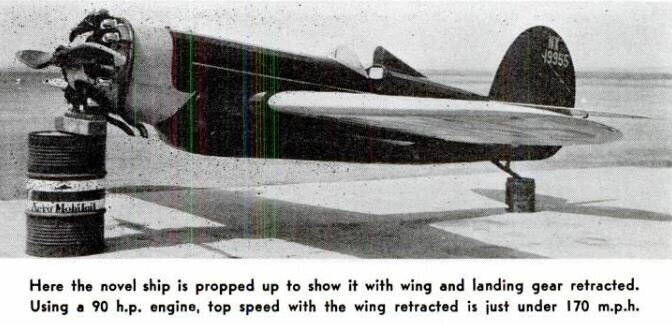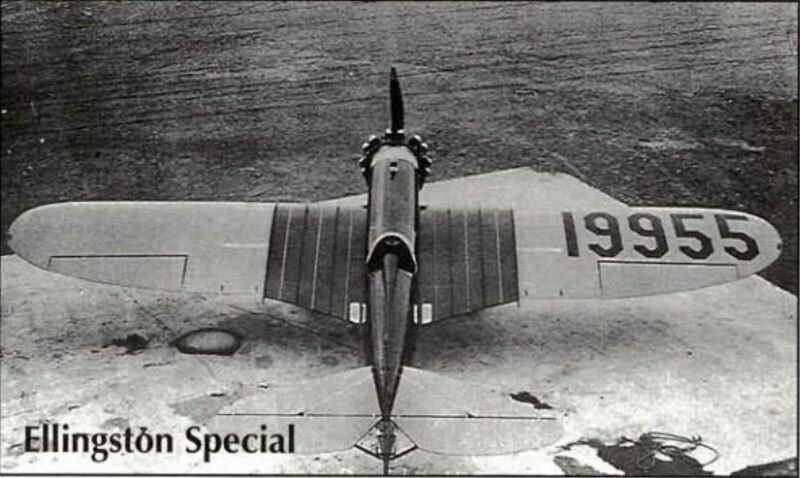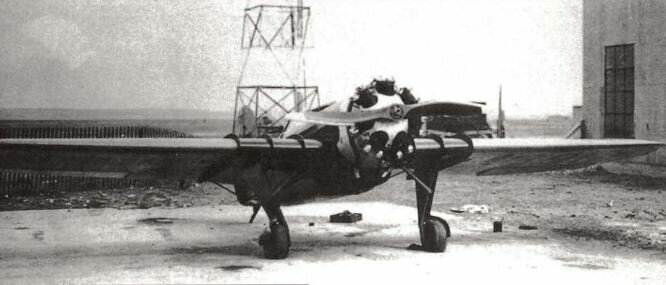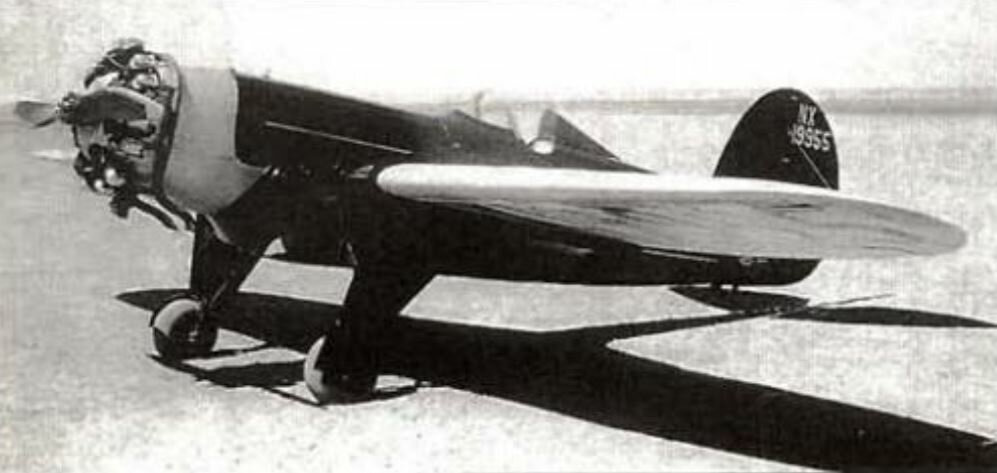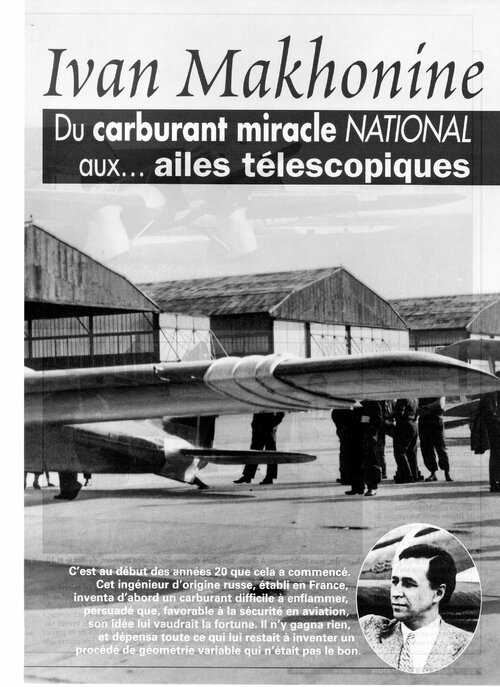- Joined
- 11 March 2012
- Messages
- 3,115
- Reaction score
- 2,942
A few engineers have proposed telescoping wings. Fewer mockups have been displayed, but only a handful of prototypes flew, none entering production.
Circa 1920, Terrasaurian proposed a flying submarine with telescopic, biplane wings. A few sketches were published in an English-language magazine.
Most of these concepts were proposed between World War 1 and WW2, in both France and Italy.
Gordou Leseurre built wind tunnel models in France.
Russian-born engineer Ivan Makhonine, MAK-10 and MAK-123. The MAK-10 prototype first flew 1 August 1931 in France. It was a conventional, cantilever, low-wing monoplane with fixed, spatted landing gear and two cockpits behing a Lorraine W engine. After 4 years of test flights, it was re-engined with an 800 horsepower Gnome and re-named MAK-101. The later MAK-123 prototype had a radial engine, a long canopy and Stormovik-style retractable landing gear. The MAK-123 was photographed painted in Luftwaffe insignia.
During WW2, Messerschmitt proposed a telescopoic wing version of their 328 interceptor powered by a pair of pulse jets. The telescopic wing Me 238 version was intended to launch from submarines or railways. But never seems to have gotten off Messerschmitt's drawing board. Our Justo Miranda has drawn a few speculative sketches of the telescopic Me. 328.
Post WW2, an American named William Horton built a "Horton Wingless" prototype based upon a much-modified Cessna T-50, UC-78 Bobcat/Crane, light twin. The Wingless was basically a low aspect-ratio plank with outer wing panels that telescoped out for landing and take-off. Its pair of 225 horsepower, Jacobs, radial engines drove two propellers mounted on extension shafts long enough to get them forward of the swept leading edge. A painting of Horton's creation graced the cover of Science and Mechanics magazine February 1951. The prototype demonstrated impressive performance the few times it flew. Another version of the story has the prototype powered by a pair of P&W R-985 radial engines. The Wingless prototype was built in a three-way partnership with Horton, Howard Hughes and Harlow Curtice of General Motors fame. When the partners fell out, Horton was jailed on allegations of stock market fraud. The prototype was sent to Orange County Airport where it was deliberately burned.
During August 1971, the Aquajet, amphibian, business jet concept made the cover of Mechanics Illustrated, though I doubt if they ever built a prototype. Dr. G. Leonard Gioia hired engineers Norris Switzer and John Willerton.
Motocar has published a cutaway of the similar-looking Skyshark over on the artwork forum.
aka. Ominionics Dolphinair patents show a similar high-winged amphibian.
Gevers was a bit more conservative, proposing a light business twin with twin, flat-6, air-cooled, Lycoming, piston engines. Circa 1999 I glanced at the Gevers Genesis seaplane mockup in Arlington, Washington. But I doubt if they ever built a prototype.
Circa 1920, Terrasaurian proposed a flying submarine with telescopic, biplane wings. A few sketches were published in an English-language magazine.
Most of these concepts were proposed between World War 1 and WW2, in both France and Italy.
Gordou Leseurre built wind tunnel models in France.
Russian-born engineer Ivan Makhonine, MAK-10 and MAK-123. The MAK-10 prototype first flew 1 August 1931 in France. It was a conventional, cantilever, low-wing monoplane with fixed, spatted landing gear and two cockpits behing a Lorraine W engine. After 4 years of test flights, it was re-engined with an 800 horsepower Gnome and re-named MAK-101. The later MAK-123 prototype had a radial engine, a long canopy and Stormovik-style retractable landing gear. The MAK-123 was photographed painted in Luftwaffe insignia.
During WW2, Messerschmitt proposed a telescopoic wing version of their 328 interceptor powered by a pair of pulse jets. The telescopic wing Me 238 version was intended to launch from submarines or railways. But never seems to have gotten off Messerschmitt's drawing board. Our Justo Miranda has drawn a few speculative sketches of the telescopic Me. 328.
Post WW2, an American named William Horton built a "Horton Wingless" prototype based upon a much-modified Cessna T-50, UC-78 Bobcat/Crane, light twin. The Wingless was basically a low aspect-ratio plank with outer wing panels that telescoped out for landing and take-off. Its pair of 225 horsepower, Jacobs, radial engines drove two propellers mounted on extension shafts long enough to get them forward of the swept leading edge. A painting of Horton's creation graced the cover of Science and Mechanics magazine February 1951. The prototype demonstrated impressive performance the few times it flew. Another version of the story has the prototype powered by a pair of P&W R-985 radial engines. The Wingless prototype was built in a three-way partnership with Horton, Howard Hughes and Harlow Curtice of General Motors fame. When the partners fell out, Horton was jailed on allegations of stock market fraud. The prototype was sent to Orange County Airport where it was deliberately burned.
During August 1971, the Aquajet, amphibian, business jet concept made the cover of Mechanics Illustrated, though I doubt if they ever built a prototype. Dr. G. Leonard Gioia hired engineers Norris Switzer and John Willerton.
Motocar has published a cutaway of the similar-looking Skyshark over on the artwork forum.
aka. Ominionics Dolphinair patents show a similar high-winged amphibian.
Gevers was a bit more conservative, proposing a light business twin with twin, flat-6, air-cooled, Lycoming, piston engines. Circa 1999 I glanced at the Gevers Genesis seaplane mockup in Arlington, Washington. But I doubt if they ever built a prototype.
Last edited:


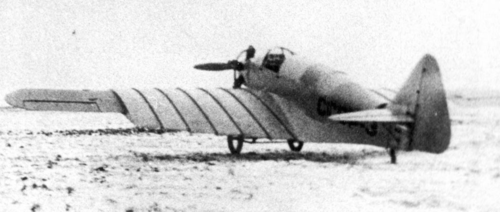
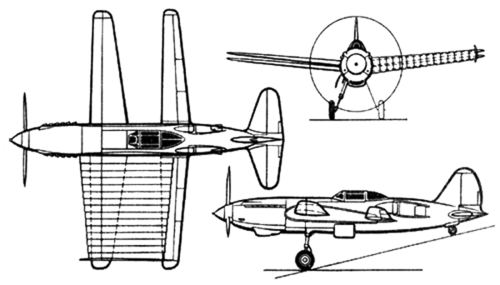
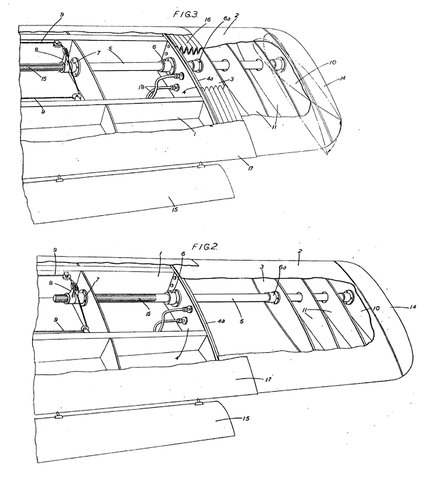
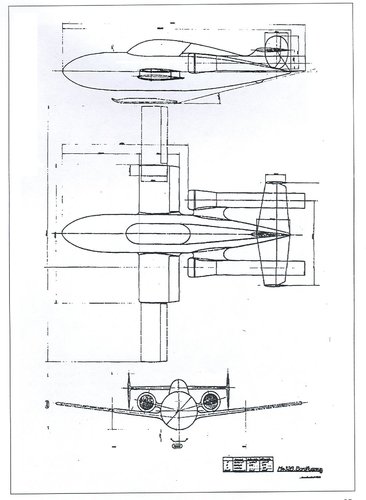

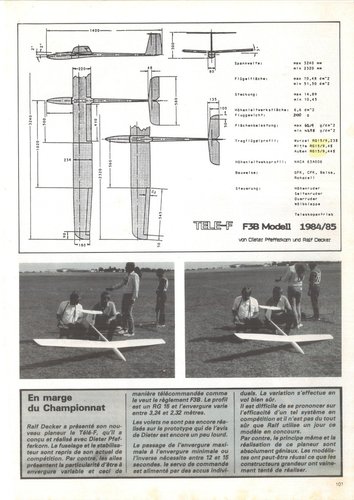
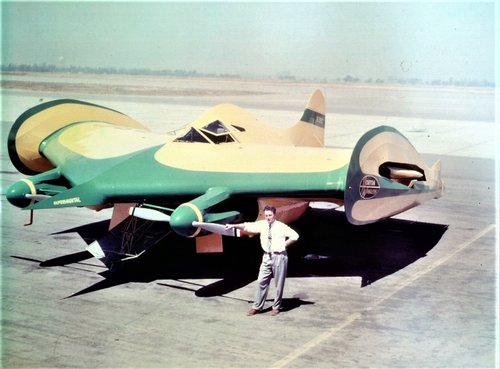
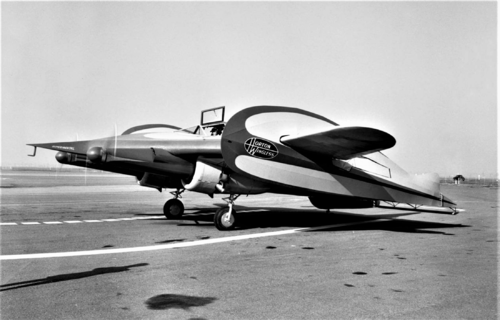

![Toute_l'aviation_Ouvrage_honoré_de_[...]Blanc_Edmond_bpt6k9807582h_310.jpeg](/data/attachments/182/182560-349eaa465bd859998e25d074cd740f69.jpg)
